
The federal government ‘sees a long-term future for the oilsands.’ Here’s what you need to know
An internal document obtained by The Narwhal shows how the natural resources minister was briefed...
As dawn breaks on an early December day, egg farmer Kurt Siemens pulls on his boots and makes his way to one of three poultry barns on his Rosenort, Man., farm.
He’ll spend his morning tending to the laundry list of chores and maintenance that come with housing 45,000 laying hens and chicks. Though late fall has been unseasonably mild, one of Siemens’ priorities is ensuring the chickens stay warm. It’s critical to not only their survival — but also his livelihood.
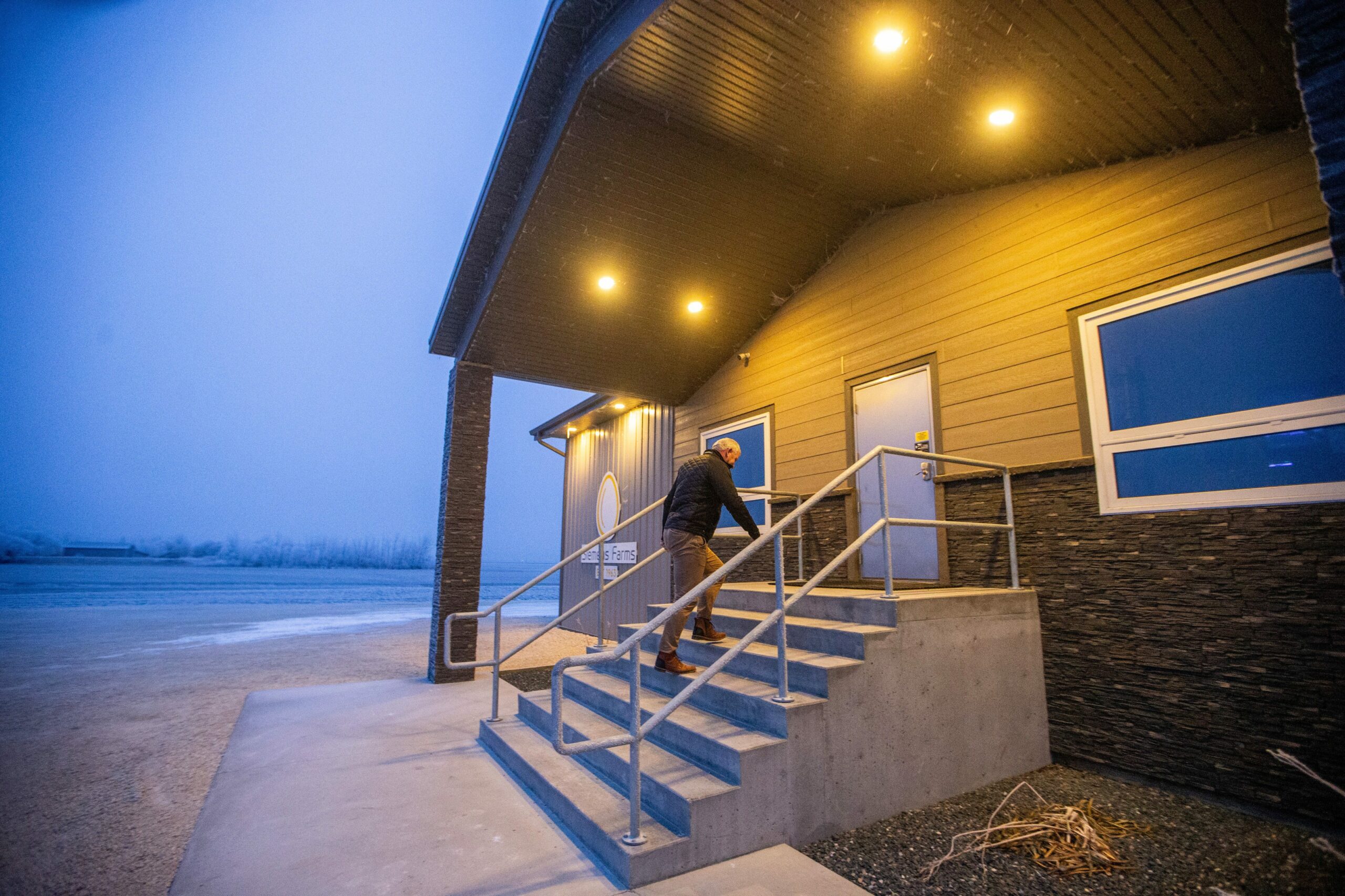
Siemens is the third generation of his family to run the farm since 1963. His son Harley is the fourth.
Alongside two barns of laying hens, the Siemens’ have a third barn where they raise baby female chickens — called pullets — to laying age.
In mid-November, the family received a batch of more than 20,000 days-old chicks they’ll have to keep warm for four to five months before moving them in with the rest of the birds.
Over the phone, Siemens reads out numbers from his October heating bill. Natural gas cost about $2,000; a third of that — about $600 — was carbon fees. And that, according to Siemens, “wasn’t even a bad month.” With 20,000 chicks and 36,000 square feet of barn space to heat through the winter, he expects his bills to skyrocket.
“Because we’re a free-run operation we tend to use a fair amount of heat in the lay barns,” Siemens says. “But most of our natural gas use would come from the pullet barn. They need to have the temperature about 37 degrees celsius in there for the baby chicks because they’re so small they can’t develop their own heat.”
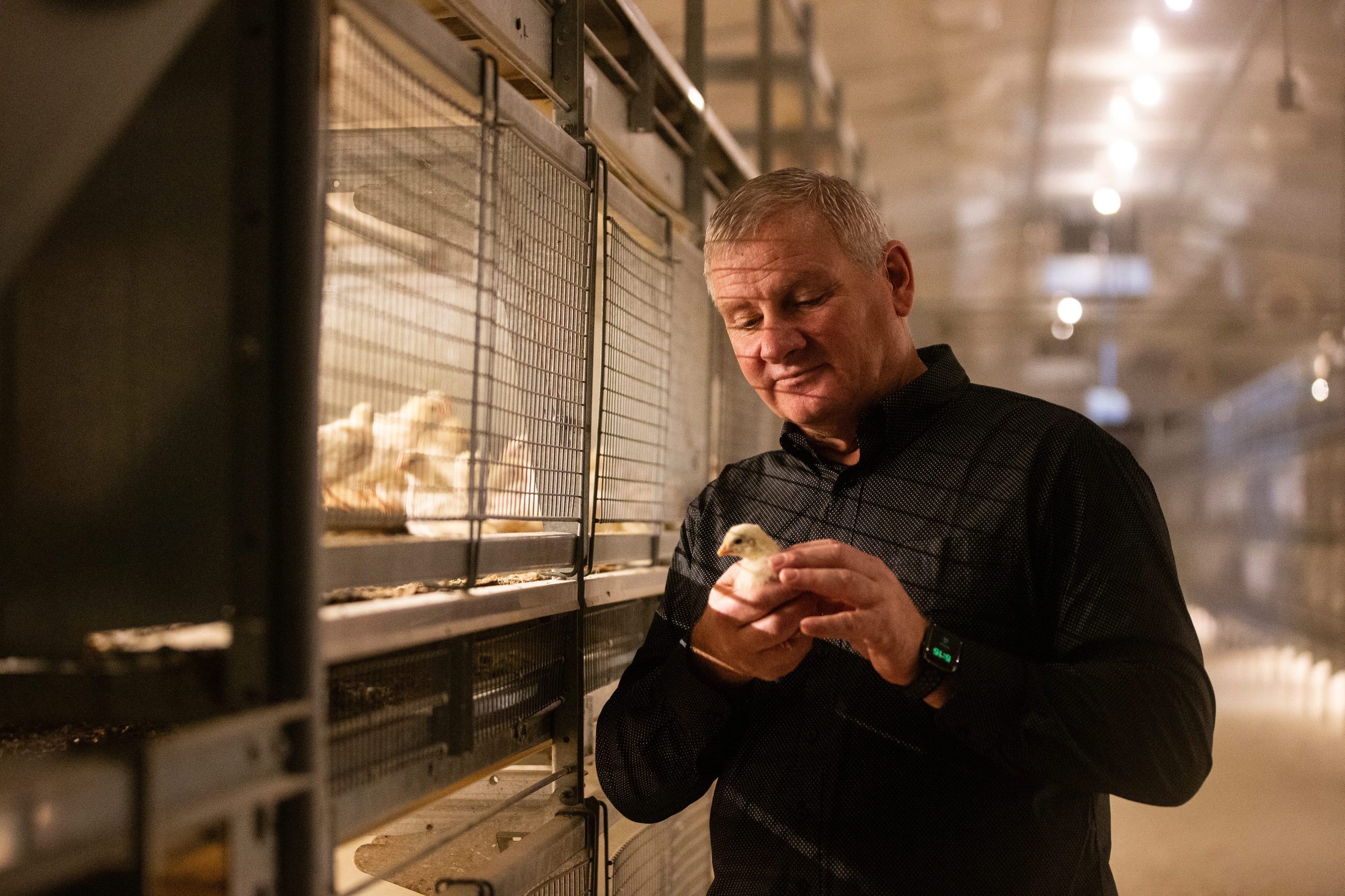
Farmers like Siemens have spent years asking the federal government for more exemptions to the carbon price. Fruit and vegetable growers already get a break on carbon fees, with 80 per cent of natural gas and propane used to heat greenhouses exempted. Diesel and gasoline used to power farm machinery is exempted, too. Farmers also get a rebate, similar to other Canadian taxpayers.
But farmers are increasingly advocating for another exemption: for natural gas and propane used on farms. Their latest effort came in the form of private members bill C234, introduced in February 2022. The bill proposes an eight-year exemption on the carbon price for the two fuels when they’re used for essential farming tasks like drying grain and heating barns.
But with carbon pricing exemptions a controversial and at times partisan wedge issue nationwide, some lawmakers and environmental experts say this exemption would open the floodgates for polluting industries to seek breaks on their own carbon charges. Some worry it will spark a fatal erosion of the federal government’s cornerstone environmental policy.
Farmers, on the other hand, argue carbon pricing is holding them back from investing in upgrades that would reduce emissions. Farmers say they’re stewards of the land, but with few available options to replace the dirty fuels used in farm machinery, they argue rising carbon costs are hurting the agricultural sector’s ability to stay competitive and drive innovation.
No one has quite been able to agree on what the carbon price costs the average Canadian farm. That’s in part because “the average farm is not a reality,” according to Scott Ross, co-chair of the Agriculture Carbon Alliance representing over 190,000 farms.
Across a staggeringly diverse industry producing a multitude of commodities in varying weather conditions with varying access to infrastructure, each farm can have vastly different fuel needs and carbon price bills.
Over the last 20 years, Canadian farms have trended larger and fewer, as small and mid-size family farms consolidate into larger operations. The average farm size in Canada was 809 acres in 2021 compared to 676 acres in 2001, while the number of farms decreased by more than 20 per cent.
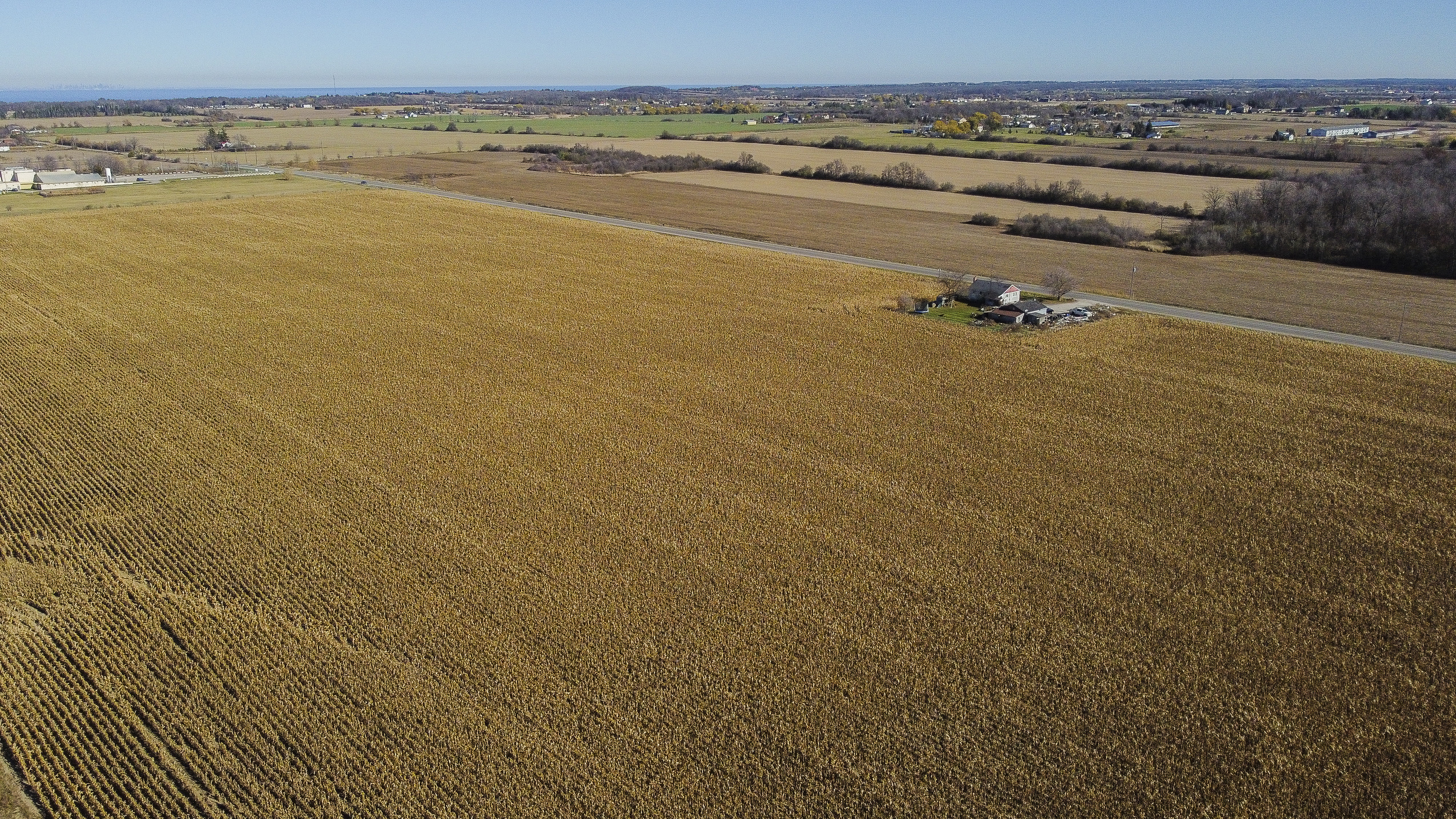
Agricultural emissions of increasingly large farming operations make up approximately 10 per cent of Canada’s overall greenhouse gas pollution profile, according to data from Environment and Climate Change Canada, and the industry produced about eight per cent more emissions in 2021 than in 2005.
Most agricultural emissions, according to the Parliamentary Budget Officer, can be attributed to “biological processes inherent in animal and crop production,” with fuel use comprising about 20 per cent of the industry’s carbon pollution. Of those fuel emissions, 80 per cent come from burning diesel and gasoline in farm equipment.
Even though only a fraction of farm emissions are subject to carbon levies, some producers say those costs are adding up.
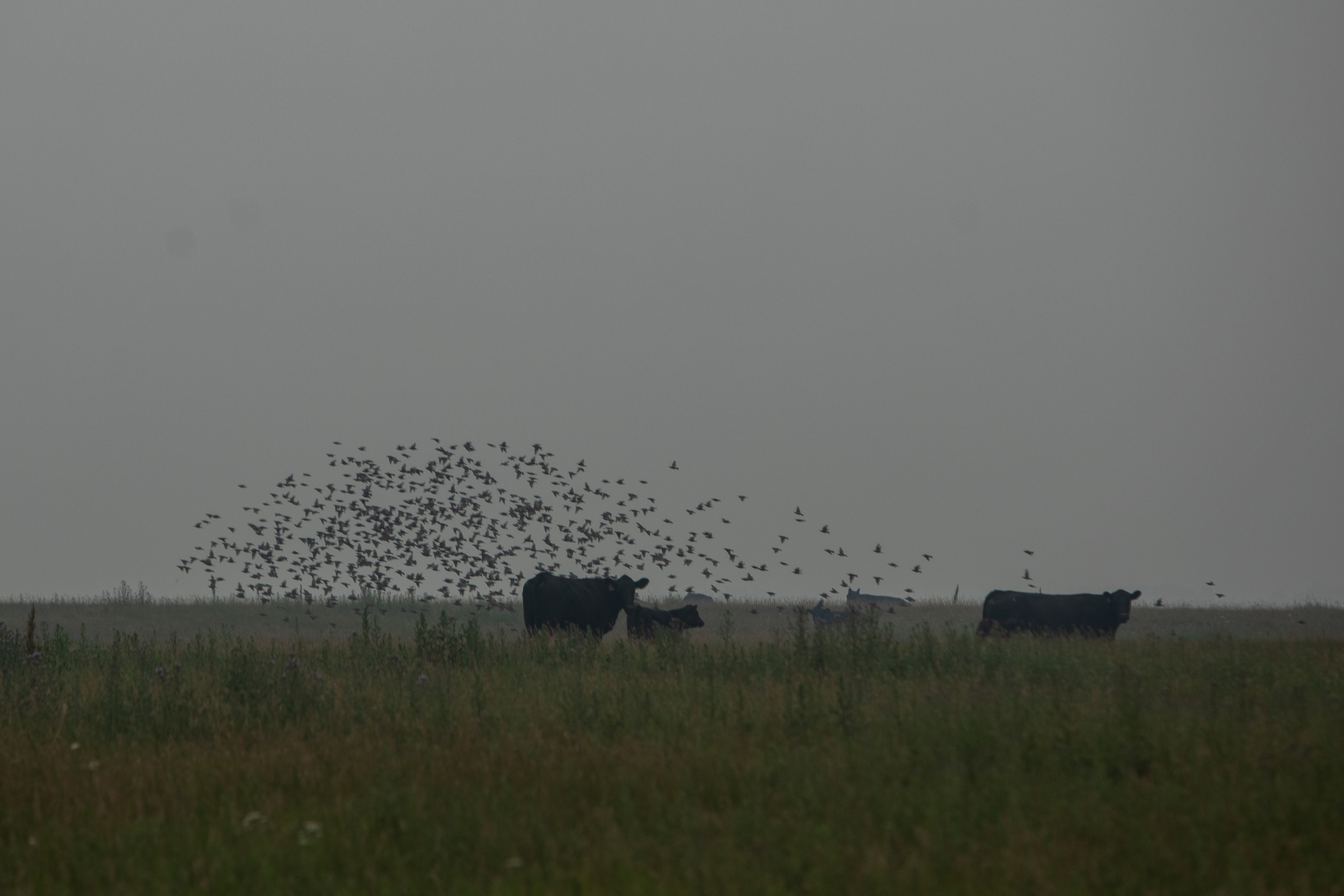
The Agriculture Producers Association of Saskatchewan has estimated a large 5,000-acre grain farm spends upwards of $10,000 on carbon pricing each year, about eight per cent of the farm’s net income. In testimony before the House agriculture committee, one Alberta poultry farm reported the fees cost more than $100,000 in 2022. Mushroom growers, who need heat year round to grow crops indoors, have cited annual costs of more than $150,000. It’s unclear how these costs have been calculated.
In 2019, when the carbon price was $20 per tonne of emissions, Manitoba told the federal government farms paid, on average, between $311 and $467 in carbon fees on grain drying, which amounts to 0.1 per cent of operating costs. No such analysis has been done for the cost of carbon pricing on heating barns.
With expenses steadily rising across the sector, farmers are near-united in their hopes the fuel used to keep barns warm and grain dry will be the next to get some relief from the carbon price.
“Every farmer’s goal, it doesn’t matter your political stripe or your commodity, is to leave the land that they have in better condition for the next generation,” Dave Carey, the Agriculture Carbon Alliance’s co-chair, says on a video call from Ottawa.
“We’re not an anti-carbon-tax group by any means.”
The way the Alliance sees it, farmers are inherently concerned about their efficiency, and are inclined to adopt technological innovations as soon as possible.
“On the environmental file, our sector is very unified in our understanding of where we need to go and how we can help inform and shape policy to both support Canada’s climate change objectives and also ensure that our sector’s competitiveness and pragmatic considerations are getting due course and attention,” Ross says.
“For on-farm food production, there are no alternatives to natural gas or propane that are viable, that are scalable, that are available coast to coast for each individual commodity.”
Carey says bill C234 is “not a new idea.” It’s a merger of two bills proposed before the last federal election.
When the carbon price system was introduced in 2018 as the Greenhouse Gas Pollution Pricing Act, it came with recognition farmers had few viable fuel alternatives to replace gasoline and diesel. As such, on-farm use of those fuels are exempted. Natural gas and propane — considered “cleaner” fuels because they produce fewer emissions — are not exempt.
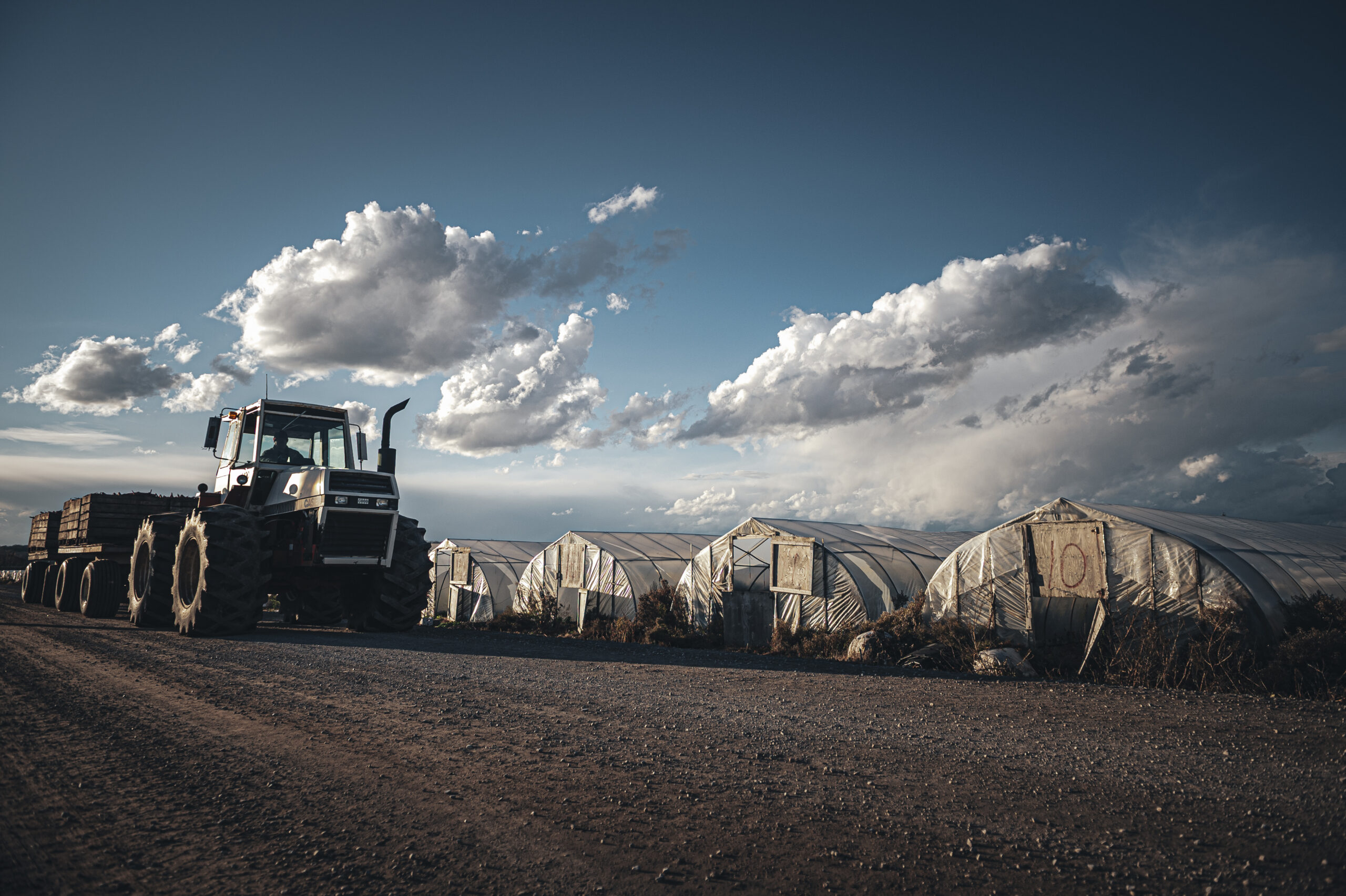
One of the previous bills, introduced in fall 2020, dubbed by the Alliance as “a grain drying bill,” effectively sought an exemption for grain dryers alone. Another introduced earlier that same year sought an exemption for fuels used to heat and cool farm buildings.
“[The Greenhouse Gas Pollution Pricing Act] is a massive piece of legislation, it was novel, it was unique, never been undertaken before, so there was an oversight,” Carey says. “I don’t think there was anything malicious in it, gasoline and diesel were just on the forefront.”
To combat the effects of carbon prices on farmers’ bottom lines, the federal government introduced a farm-specific rebate, similar to rebates for taxpayers writ large. Farmers receive rebates on their tax returns based on expenses, meaning larger farms typically receive more than smaller ones.
Ross says the rebate operates as “a blunt instrument” that doesn’t consider how much carbon-intensive fuel each farm uses, meaning many farmers only get “fractions of what they spend back.”
“It’s not revenue neutral,” Ross says.
In committee hearings, senior Finance Canada chief Miodrag Jovanovic estimated farms paid $100 million in total carbon fees in 2022. Those fees are returned to farmers “based on the amount of total expenses,” he said. “The intent is not to pay back what each farm paid.”
On average, he said, farms receive $820 in rebates.
In the Senate, debate over the latest proposed exemptions has morphed into yet another weighing of the merits and pitfalls of Canada’s cornerstone environmental legislation. On Tuesday, senators narrowly voted to strike barn heating from the proposed exemption, which will be kicked back to the House of Commons for further debate after third readings.
The bill previously received support from all political parties when it passed through the House of Commons, but it reached the Senate just as the federal government was making an exemption on carbon pricing for residents using light oils for home heating. That home heating oil exemption sparked a partisan wildfire, with several Conservative premiers demanding the exemption be extended to natural gas used for home heating and the Liberal party adopting a steely stance against any further holes in the carbon-price scheme.
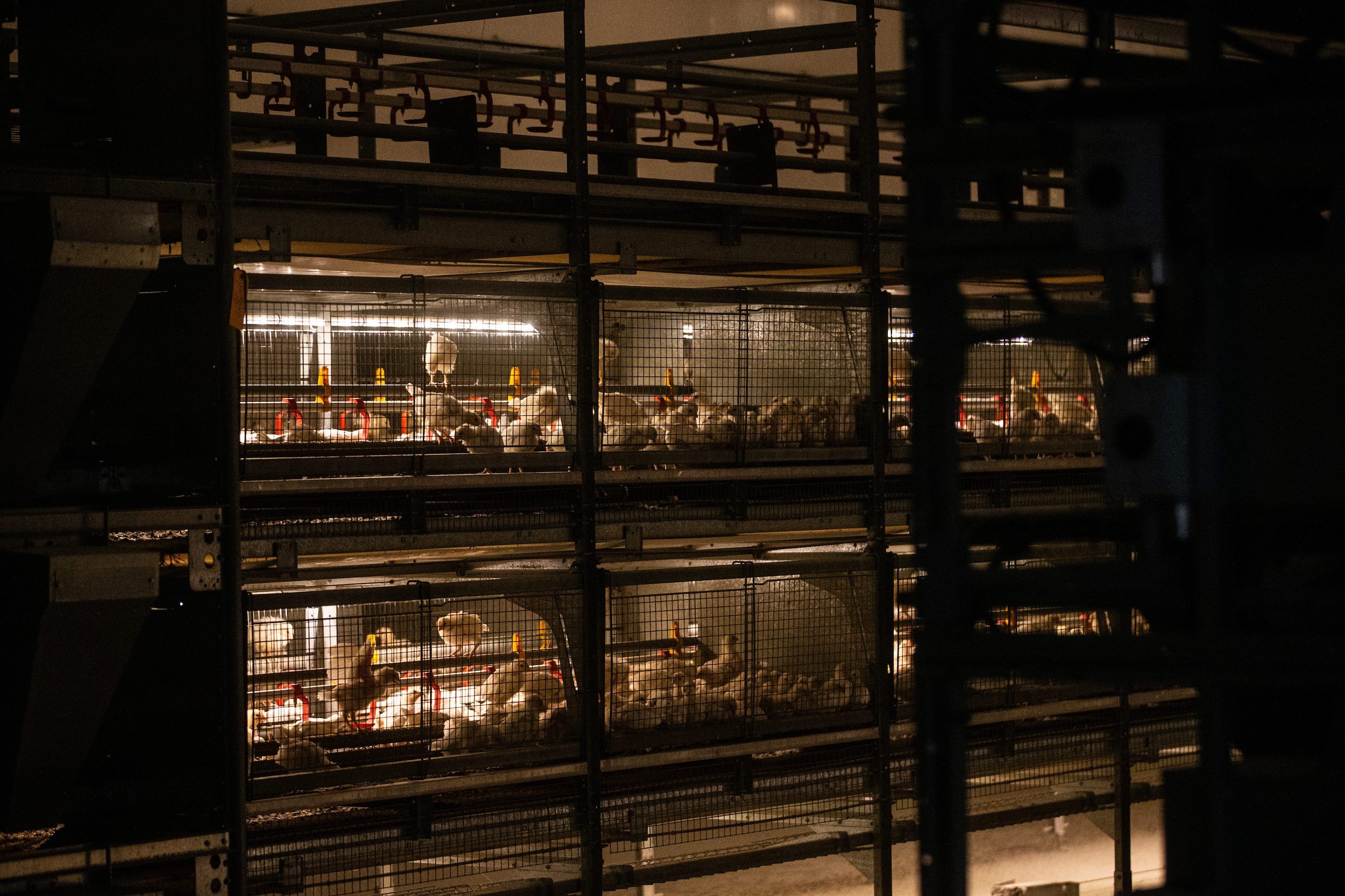
Some of the bill’s staunchest opponents have claimed it’s “not about fairness for farmers, but it’s a bill that is a trojan horse from climate change deniers to axe the tax.”
The David Suzuki Foundation testified before the House agriculture committee that the bill “would set Canada on a slippery slope of sector-by-sector, interest-by-interest exemptions that risk fundamentally undermining [carbon pricing] as an economy-wide measure.”
Senator Yuen Pau Woo from British Columbia echoed this sentiment in late November, saying the bill “undermines the logic of pollution pricing and intensifies political pressure to abandon the regime.”
Opponents of the exemption have argued removing the carbon price on all farm fuels will stall efforts to develop less-polluting technologies for farms.
Glenn Wright, president of the National Farmers Union, testified in committee hearings that, while he supports an exemption on grain-drying fuels, he believes further exemptions “would entirely remove the pollution pricing signal.”
“A complete exemption does nothing to encourage clean technology and low-emission alternatives,” he added.
Ross says he understands why the bill has become a political wedge issue; increased focus on the efficacy of carbon pricing from all political parties has led to increased caution analyzing any proposed exemption. But he doesn’t buy the argument farmers won’t pursue emissions reductions in the absence of a price signal.
“Technology adoption and innovation is really paramount to Canadian agriculture’s success over the past and into the future,” he says.
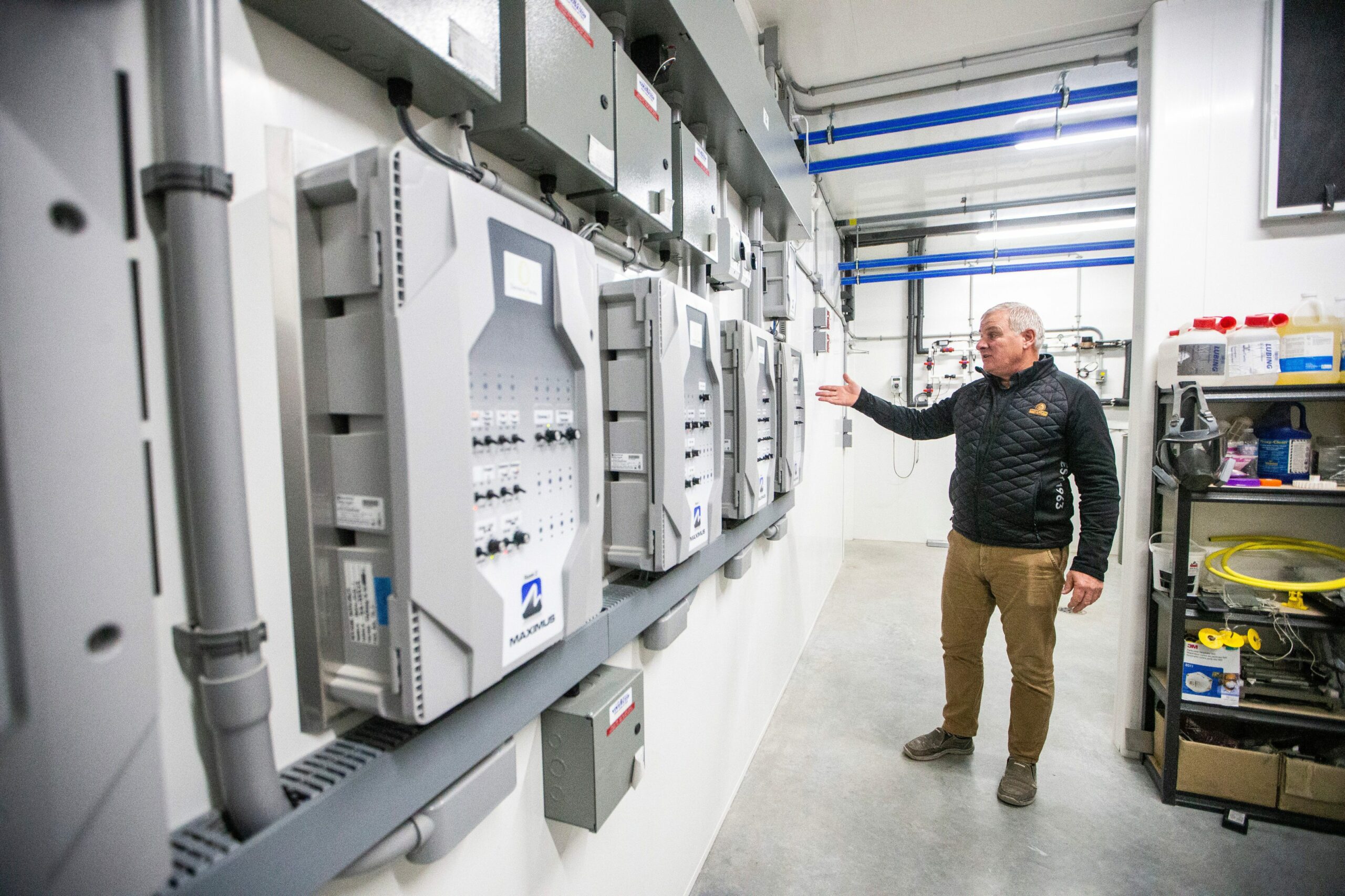
Siemens holds up his egg farm as an example. In 2017, before the carbon price came into play, the family tore down the barn that had stood on the land for decades and replaced it with three high-efficiency spaces for their chickens.
They outfitted the barns with high-efficiency furnaces and boilers. They installed in-floor heating, invested in insulation and replaced all the lights with energy-efficient LEDs — all tools climate experts argue help reduce energy use on farms. They considered a geothermal system, but decided it wasn’t wasn’t worth the steep upfront costs at the time.
On top of barn upgrades, the Siemens family introduced a new watering system that reduces waste; they’ve started storing and drying manure to recycle as fertilizer; they use a digital tool to track and improve their energy use. Harley Siemens drives a hybrid pickup truck.
“We do things to be sustainable because we think it’s the right thing to do,” Siemens says. “If there’s no carbon tax, I’m still going to do the best I can on my farm to be sustainable.”
Jake Ayre, vice president of Manitoba’s Keystone Agricultural Producers, doesn’t have to think hard to remember a time climate change and carbon price issued a double-blow to his family’s 3,500-acre grain and seed farm.
They called it “the harvest from hell”: in 2019, early fall snowstorms battered crops and soaked the fields, creating a dangerously soggy harvest.
The farm, near Minto, Man., about 250 kilometres southwest of Winnipeg, produces a variety of cash crops — including wheat, barley, oats, corn, canola and soybeans. Too much moisture can leave grains susceptible to mould and rot, making them unfit to sell.
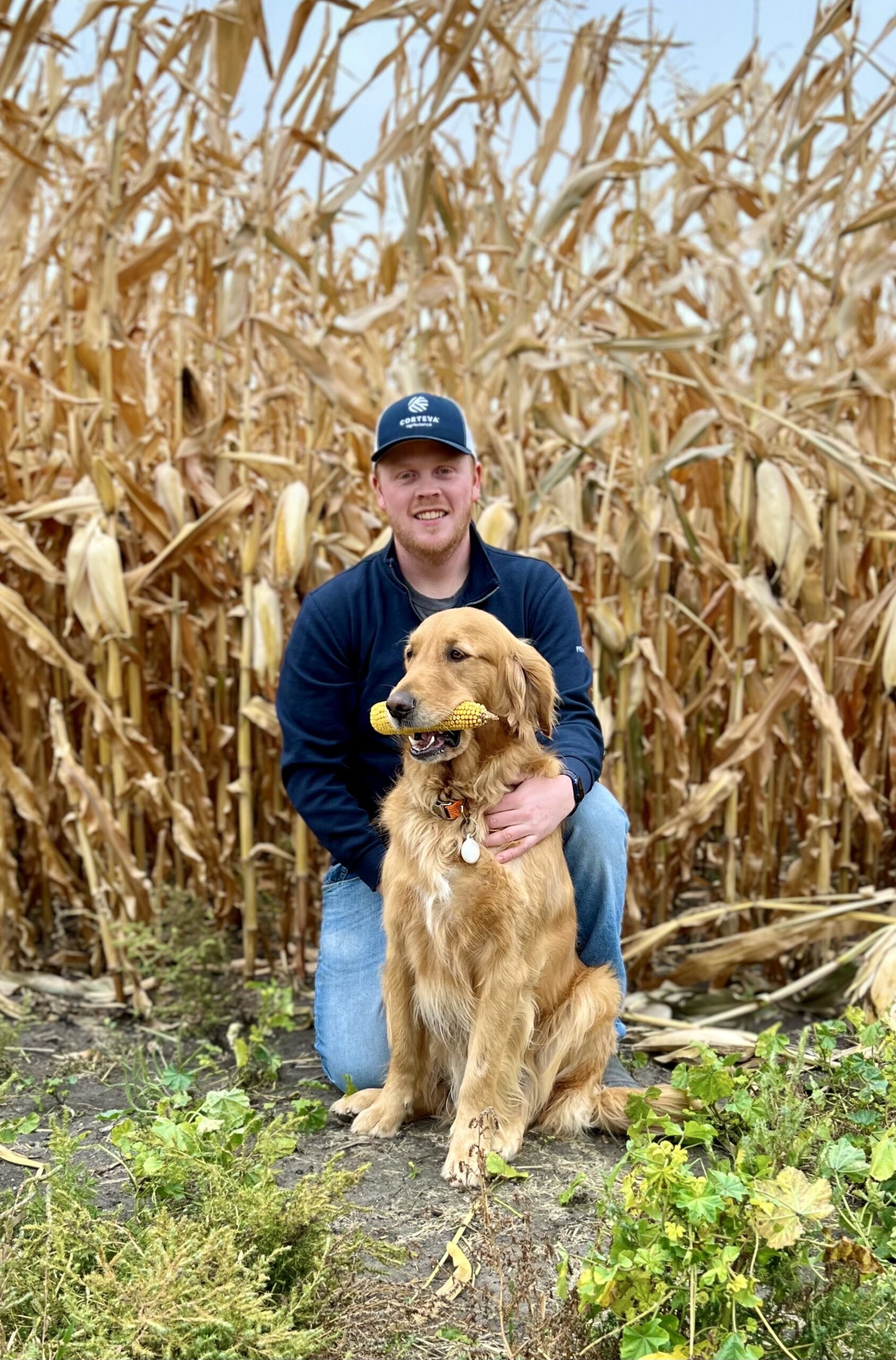
“I can remember combining canola, looking in the tank and seeing there were probably just as many ice pellets as canola seeds,” Ayre says with a chuckle.
“That year we had to dry half of our grain and there was no alternative: we use a grain dryer that runs off natural gas.”
The farm is connected to Manitoba’s hydroelectric power grid, and in drier seasons electric fans are used to help squeeze moisture out of harvested grain, but when it comes to large-scale drying, there are few electric options on the market yet.
“We’re constantly looking at new technology and how that can better improve our sustainability environmentally and financially,” Ayre says. “Farmers are definitely intuitive and they’re willing to change, but sometimes there’s no available options.”
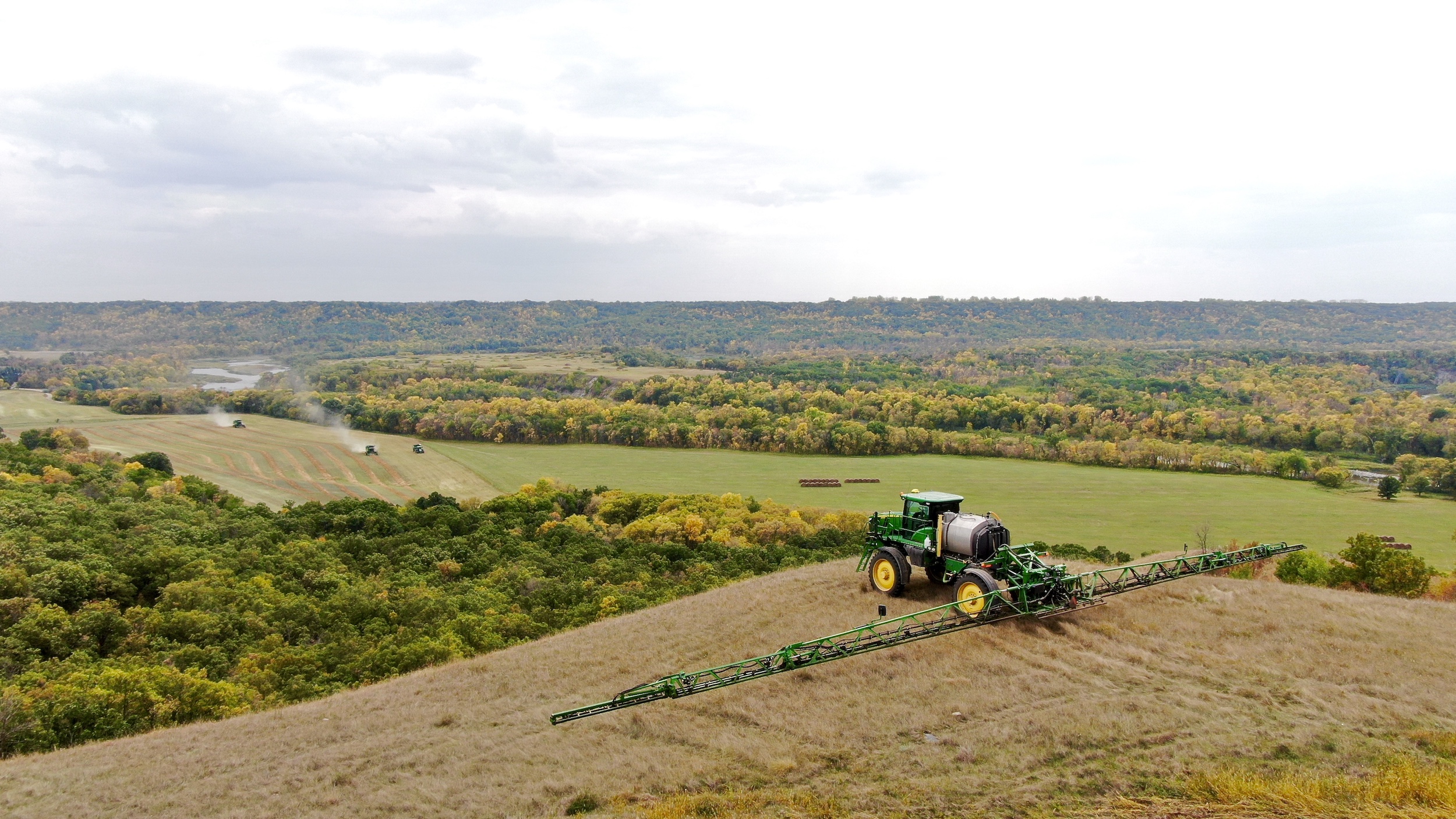
Much like a furnace to a homeowner, a grain dryer is a large and long-term expense for farmers. The machines have lifespans of a few decades, so farmers aren’t likely to replace them without incentive.
There is a $50-million fund to help farmers purchase energy efficient dryers, but the Agriculture Carbon Alliance says it could only purchase 500 units nationwide. Since the funding program was introduced in 2021, it has supported the purchase of 98 new grain dryers.
There are other technologies that can reduce farms’ fuel consumption. Solar panels can be installed, livestock farmers can improve passive ventilation in barns to help maintain temperatures with less fuel. Dairy farmers can invest in anaerobic digesters — effectively industrial composters — to produce biomass fuel for heating. Grain dryers can be retrofitted to improve efficiency.
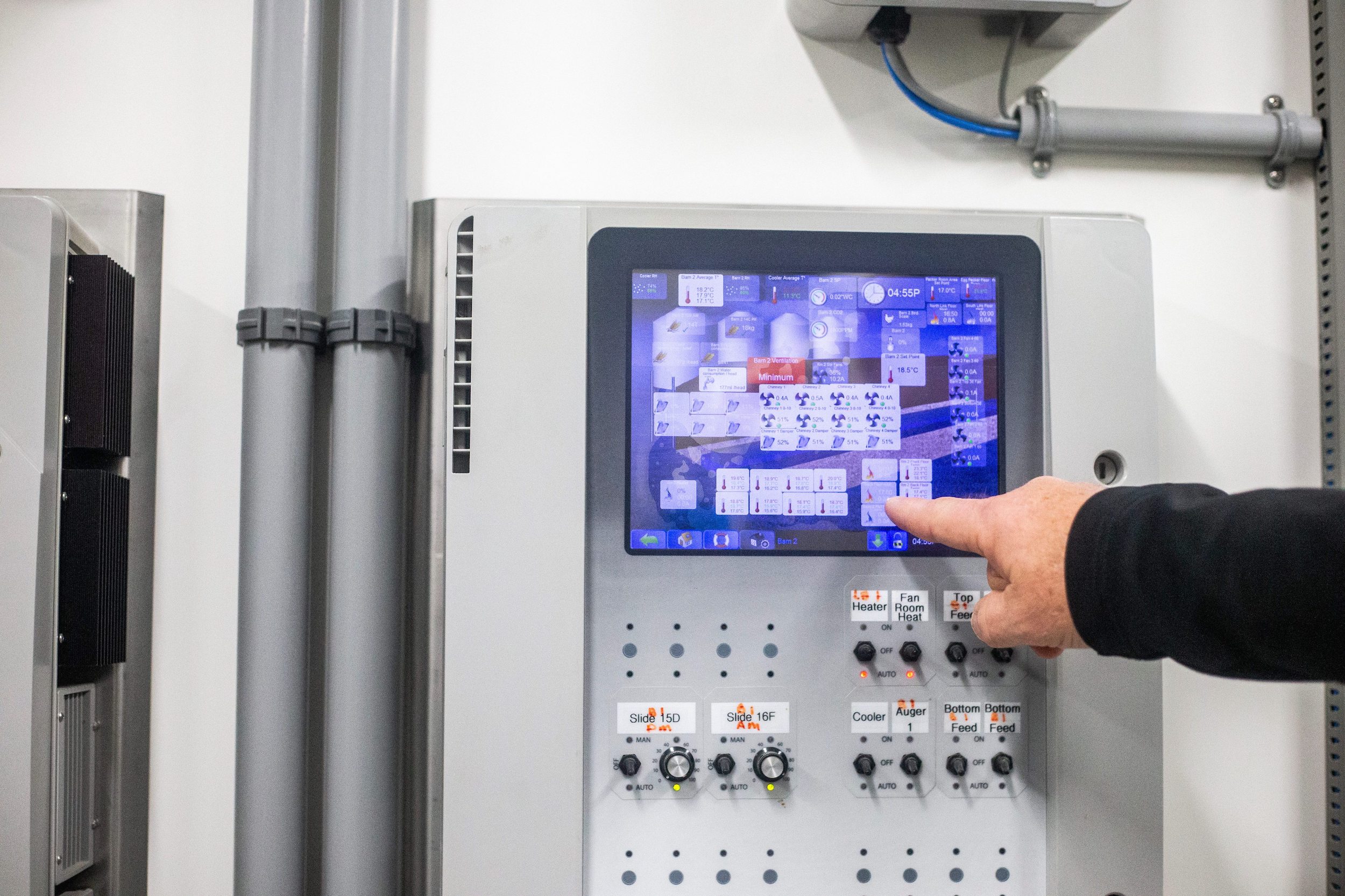
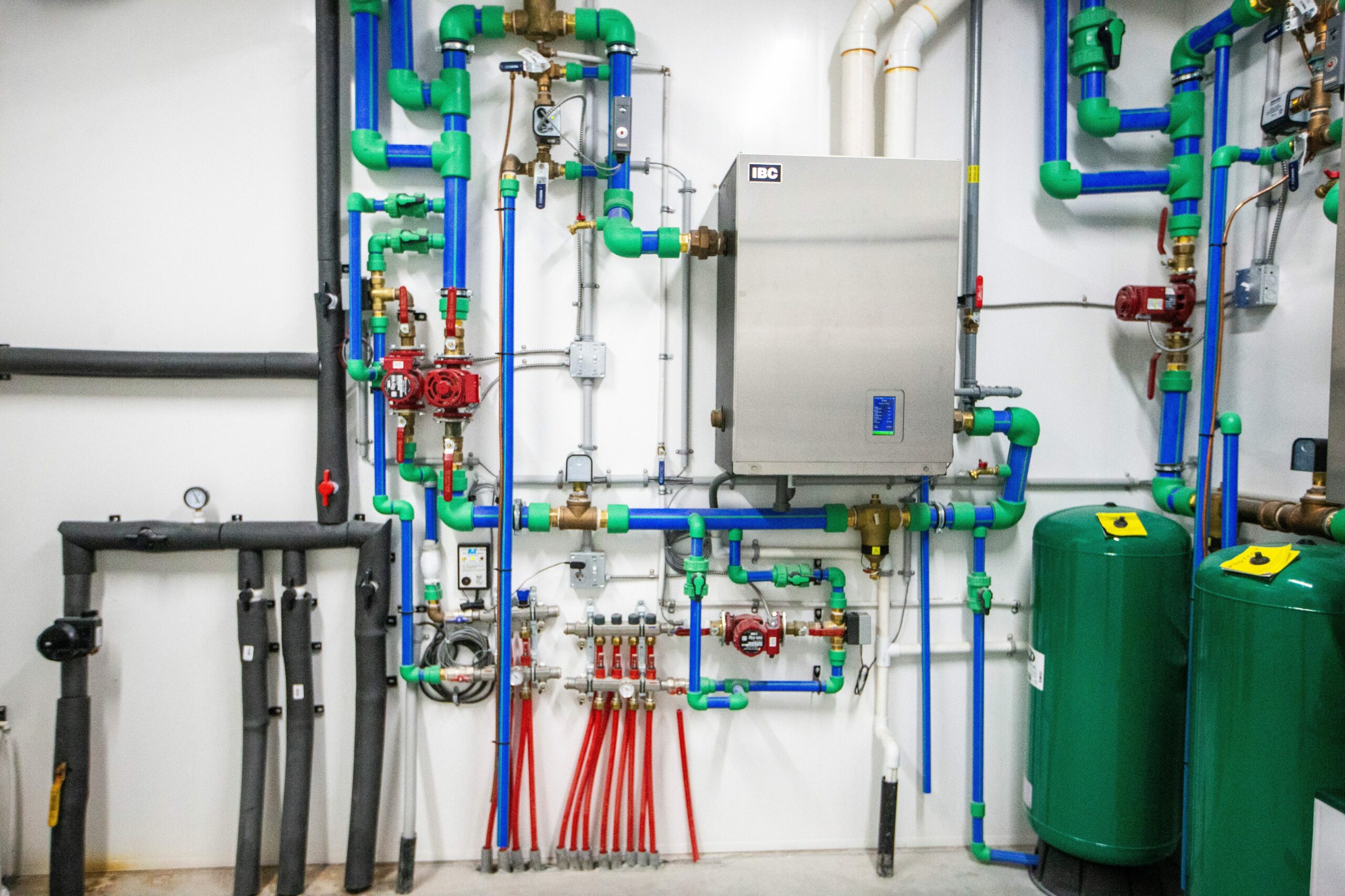
There are programs to support farmers adopting these tools. The Agricultural Clean Technology Program, which officially opened in 2021 and includes the funding stream for grain dryers, provides grants of up to $2 million for clean technologies or equipment upgrades. That program has been so popular with farmers that legislators say it’s already running out of money. Manitoba farmers alone have been approved for 30 projects, with a total price tag of more than $15 million, including 17 new grain dryers.
The On-Farm Climate Action Fund, introduced in 2021, provides another $200 million to support farmers in adopting practices to reduce emissions. It has distributed nearly $190 million to 13 organizations to date; these organizations disperse funds to farms through a variety of programs.
“Really at the heart of this is: the best person to identify the optimal investments in sustainability and efficiency are the people working on the farm, looking at the actual, individualized needs their farms have. … There’s not a one-size-fits-all solution here,” Ross says.
The same argument has been used to suggest homeowners should get a break on the carbon price for home heating fuels while inflationary pressures are high, and has been roundly rejected by lawmakers and climate advocates.
“The effect of a price signal is to incentivize farmers to reduce their use of carbon-intensive fuels using all means possible, including investments in energy efficiency based on the current technologies,” Senator Woo said during hearings.
Economists generally agree carbon pricing is one of the most affordable and effective tools to encourage change — and are most effective when applied to all sectors of the economy.
But some farmers argue their sector — which represents one of the most significant portions of Canada’s economy — is already dealing with the unpredictable costs of climate change, and doesn’t need another financial hurdle.
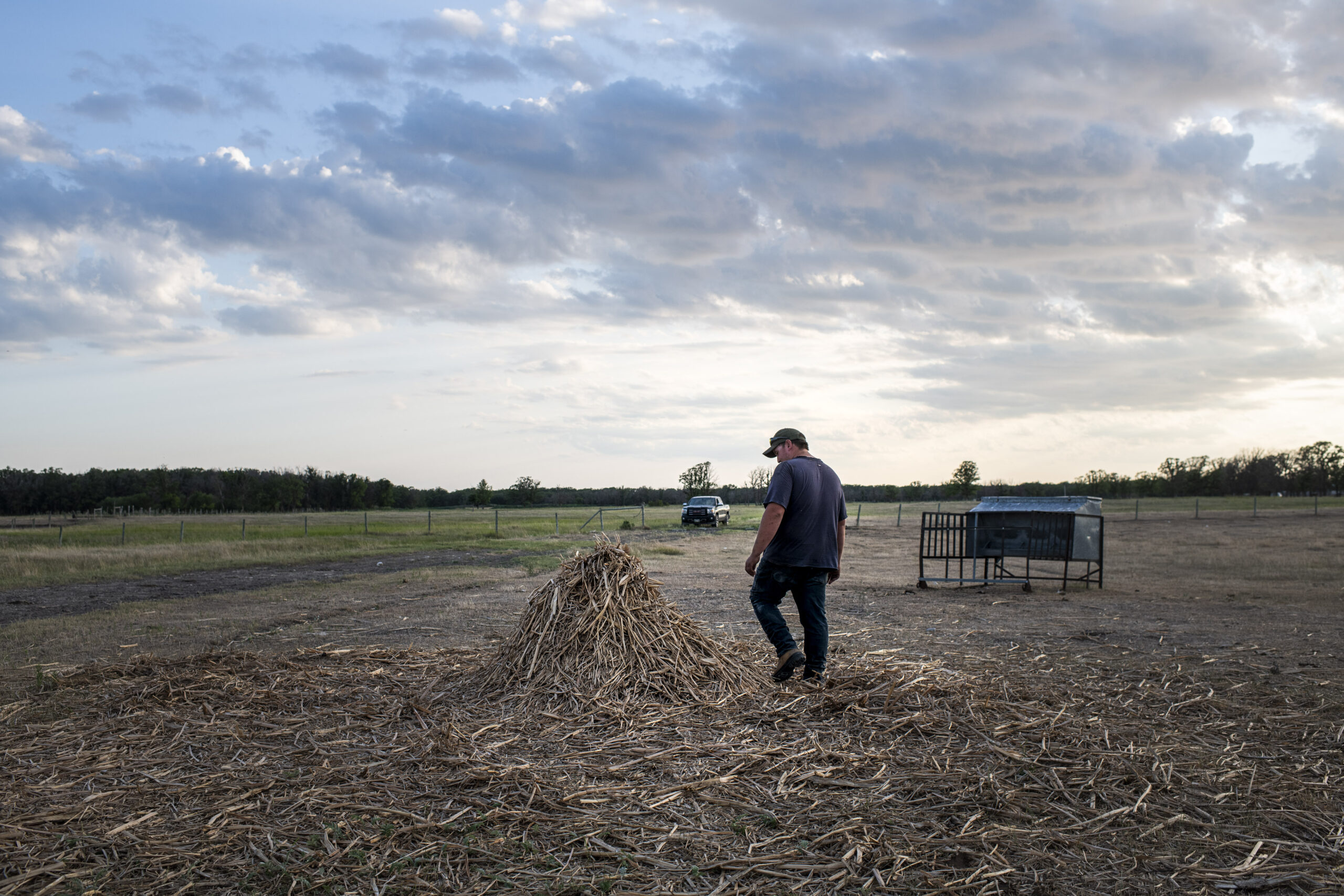
The emissions profile in agriculture is complex. Canada’s greenhouse gas inventory found net emissions in the sector had not changed between 1981 and 2018, in part due to the uptake of farming practices that promote carbon sequestration in the soil.
Carey says the agricultural sector has increased its productivity in that time period, reducing the overall emissions intensity of the sector. While he acknowledges there’s still work to be done to make farming a less polluting practice, he believes the industry has made “huge strides.”
In the agricultural sector, “a blanket policy isn’t the right approach,” Carey says.
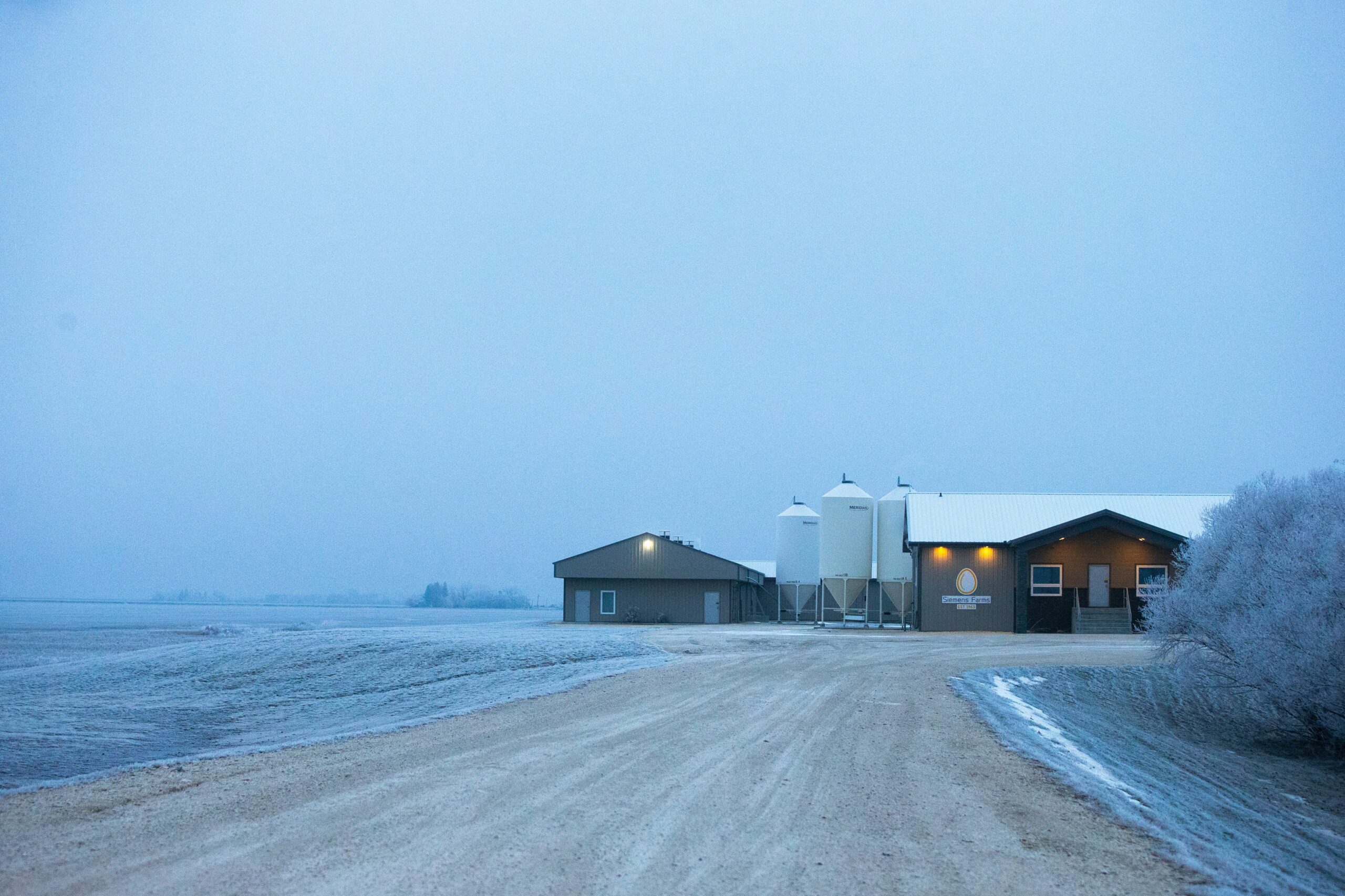
What’s clear across the sector is the belief carbon pricing alone isn’t enough to prompt meaningful behavioural change.
Siemens, for example, would like to invest more in large-scale composting on the farm, but says the costs could run upwards of $200,000, and he may need government support. The family plans to test a misting method next summer to keep temperatures steady in the hen barns while using less power. If it’s successful, it’ll be costly to bring to scale.
Siemens recommends the government improve programs available to the agricultural sector to provide resources for innovations and efficiency improvements.
“It’s easier to lead people with a carrot than beat them with a stick, right?”
Julia-SimoneRutgers is a reporter covering environmental issues in Manitoba. Her position is part of a partnership between The Narwhal and the Winnipeg Free Press.
Get the inside scoop on The Narwhal’s environment and climate reporting by signing up for our free newsletter. On March 17, federal Conservative Leader Pierre Poilievre...
Continue reading
An internal document obtained by The Narwhal shows how the natural resources minister was briefed...

Notes made by regulator officers during thousands of inspections that were marked in compliance with...

Racing against time, dwindling habitat and warming waters, scientists are trying to give this little-known...
